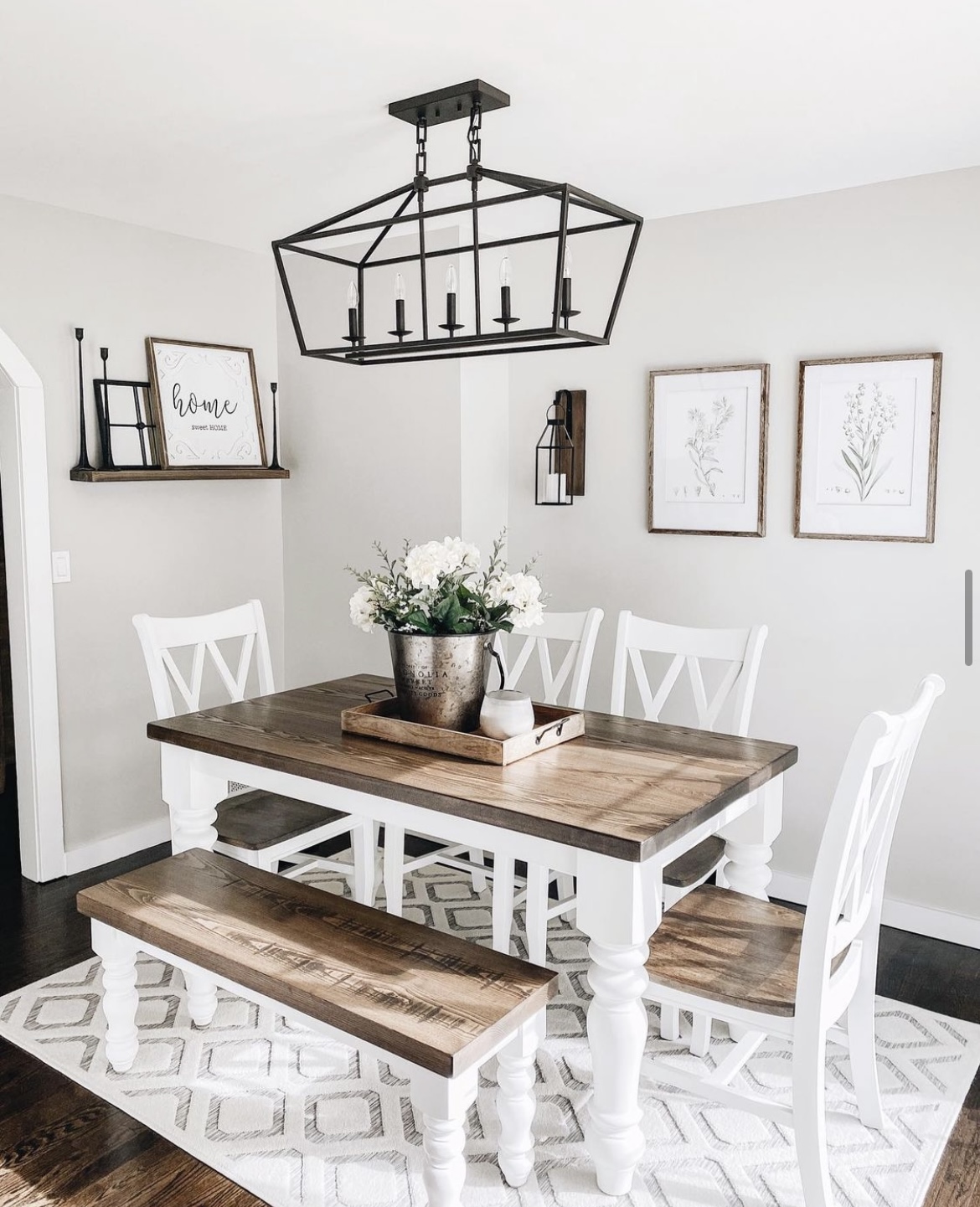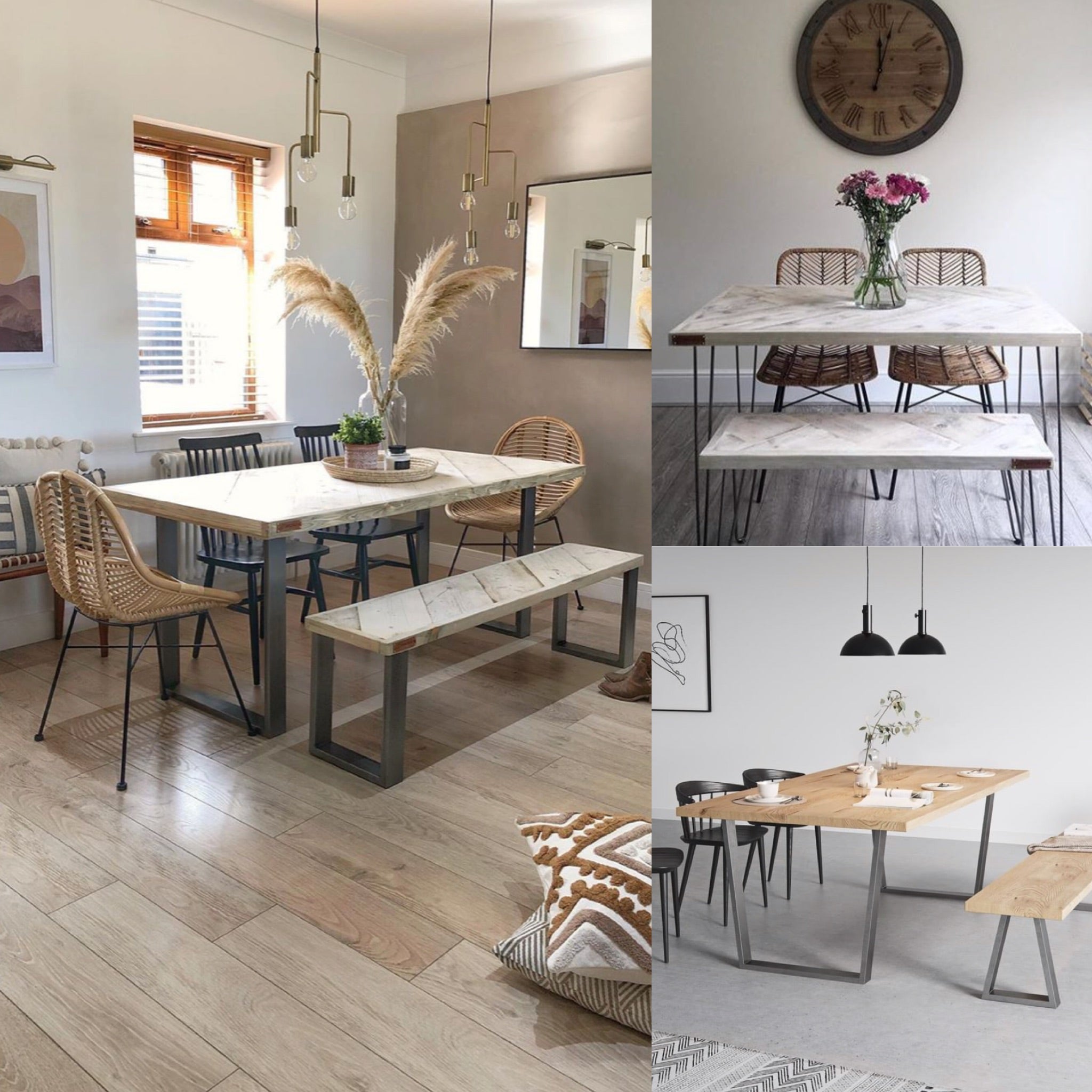Why Custom Dining Room Table Legs Are Worth the Investment
Why Custom Dining Room Table Legs Are Worth the Investment
Blog Article
Expert Tips for Installing Dining Room Table Legs for Optimum Security
When it involves installing dining-room table legs, attaining maximum security is vital for both capability and looks. The process starts with choosing the best materials and equipment, adhered to by precise placement and consideration of weight distribution. Each step plays a vital role in making sure that the completed item stands up to day-to-day use without endangering safety and security or style honesty. Comprehending the subtleties of these elements can significantly influence the general outcome. What details techniques can improve stability even additionally?
Choose the Right Legs
When selecting the suitable legs for your eating room table, it is crucial to consider both functionality and looks. The legs you pick will dramatically impact the overall style and security of the table. Examine the table's planned use; if you anticipate constant celebrations, stronger legs, such as those made from strong wood or metal, might be more ideal, as they offer enhanced toughness and assistance.
Common eating tables usually range from 28 to 30 inches in elevation, so ensure the legs align with this criterion for convenience. Conical legs can add a contemporary touch, while turned legs might communicate a more traditional visual.

Select Appropriate Hardware
Exactly how can the best hardware enhance the stability and long life of your dining-room table? The option of ideal hardware is important to making certain that the legs of your table are firmly attached and able to endure normal use. Top notch screws, screws, and brackets offer the essential stamina to support the weight of the table, as well as any additional tons placed upon it during events or dishes.
When selecting screws, go with those made from sturdy products such as stainless steel or brass, which withstand rust and preserve stability with time. The length of the screws is just as vital; they need to pass through deeply into the table's framework without compromising stability. For bolted links, take into consideration utilizing lock washing machines to protect against loosening as a result of resonance or activity.
Additionally, making use of corner braces can add extra assistance, specifically for bigger tables or those with much heavier tops. These brackets distribute weight uniformly and aid maintain the table's form. Making sure that the equipment you pick is appropriate for the particular products of your table will better improve its overall stability and longevity, permitting you to enjoy your dining experience for years to find.
Ensure Proper Alignment
Proper placement of dining-room table legs is essential for both aesthetic appeal and practical stability. Misaligned legs can cause an uneven tabletop, which might not just be aesthetically uninviting however also jeopardize the table's usability. To attain optimum placement, start by gauging the distance from the table's edges to the leg add-on factors. This guarantees that each leg is located equidistant from the sides, creating a balanced appearance.
Use a degree you can try this out during setup to validate that each leg is perpendicular to the table top. It is advisable to note the wanted leg positions on the underside of the table with a pencil or covering up tape before safeguarding them.
Additionally, confirm the placement after the first screws are tightened, as modifications might be essential before completely safeguarding the hardware. By focusing on appropriate placement, you not only improve the table's total design but likewise guarantee that it continues to be steady and functional for many years ahead.

Think About Weight Circulation
After ensuring proper placement of the dining-room table legs, it is very important to think about weight circulation to enhance security and performance. dining room table legs. Appropriate weight distribution is critical in protecting against tottering and ensuring that the table can sustain its desired load without risk of tipping or breaking down
When placing the legs, guarantee they are put at equal ranges from the facility of the table to equally distribute the weight across the framework. Consider the weight of the table top and any kind of products that will regularly relax on it, such as attractive pieces or tabletop home appliances. Tables with heavier surface areas need to preferably have legs located closer to the edges, as this optimizes the base of support and lessens the danger of instability.
In addition, if the table is planned for usage in a high-traffic location, consider utilizing larger materials for the legs or including supporting aspects, such as cross-bracing or a reduced rack - dining room table legs. These modifications can help maintain balance and avoid shifting during use. Ultimately, a well-considered weight distribution approach will dramatically boost the table's general efficiency, ensuring it remains a eye-catching and useful focal point for your eating area
Test Stability Prior To Use
Checking the stability of the eating space table before usage is a crucial step that must not be forgotten. If the table reveals instability, recognize the legs or joints that might call for change.
Next, inspect that all screws and fasteners are tightened up effectively. Loosened links can lead to instability and potential damage over time. If necessary, make use of timber glue on joints to enhance stability, guaranteeing to allow ample drying out time.

Verdict
In More Bonuses verdict, the installation of dining room table legs needs cautious consideration of materials, alignment, weight, and hardware circulation to achieve maximum stability. By his explanation selecting top notch bolts and tough legs, making sure exact alignment, and dispersing weight uniformly, the architectural stability of the table can be significantly boosted. Conducting a stability test before normal use even more makes sure that the table will certainly hold up against everyday pressures, thereby providing a trustworthy and risk-free dining experience.
When it comes to installing dining area table legs, attaining optimum stability is critical for both performance and appearances. The legs you select will significantly affect the general layout and stability of the table (dining room table legs). Conventional dining tables typically range from 28 to 30 inches in elevation, so ensure the legs line up with this requirement for convenience.Appropriate positioning of dining room table legs is crucial for both aesthetic charm and useful stability.In verdict, the installation of eating space table legs calls for careful consideration of materials, hardware, weight, and alignment circulation to attain maximum stability
Report this page